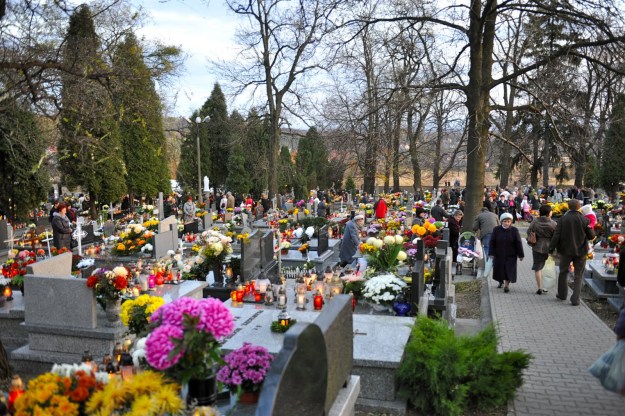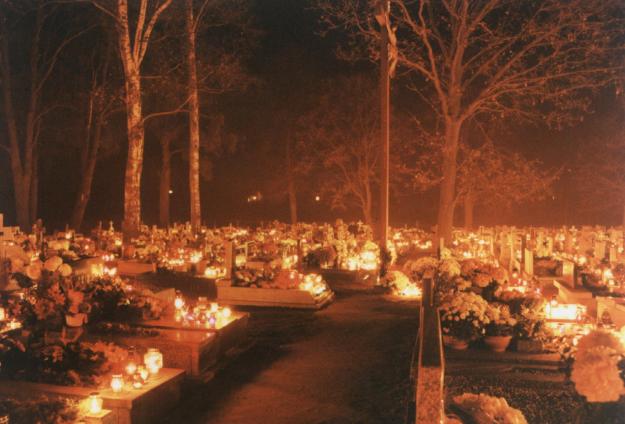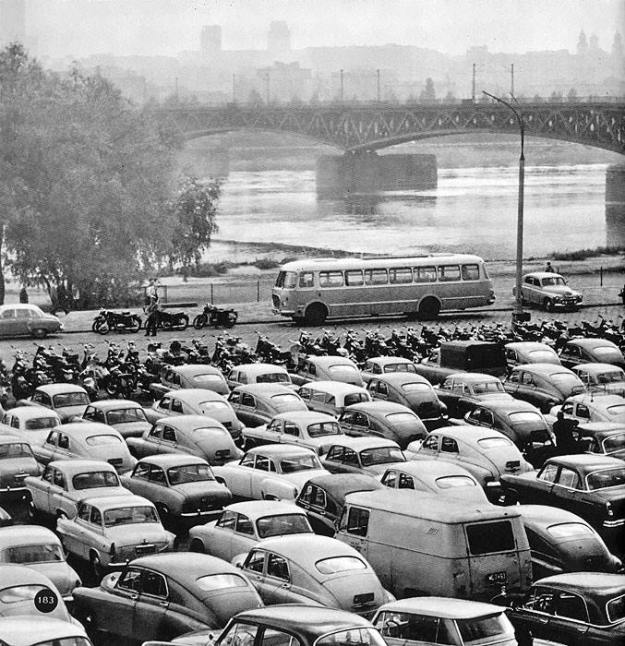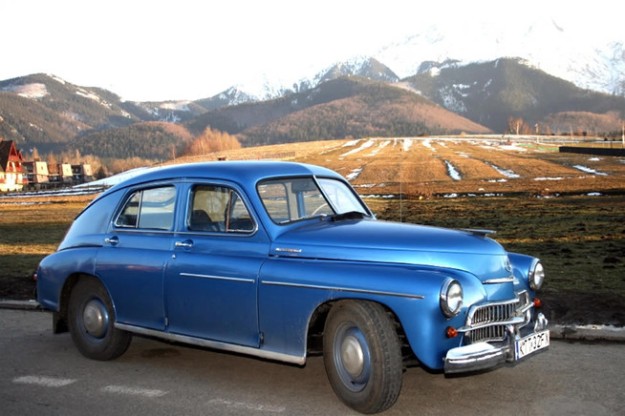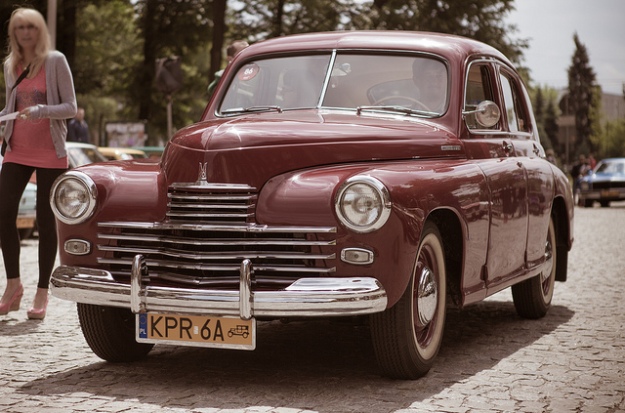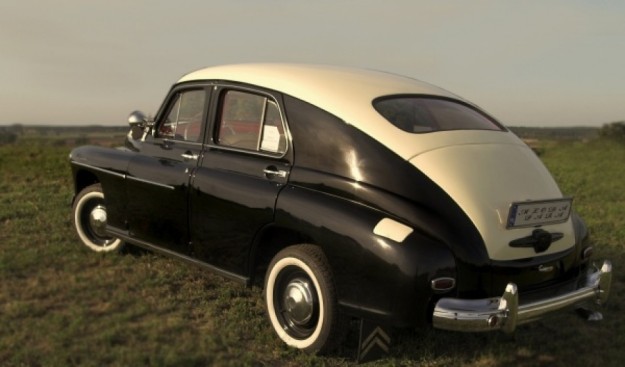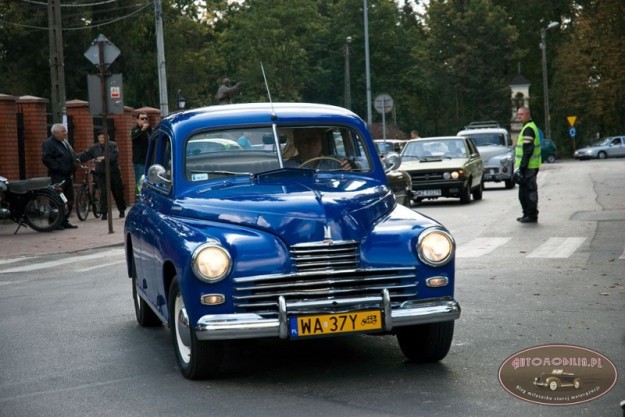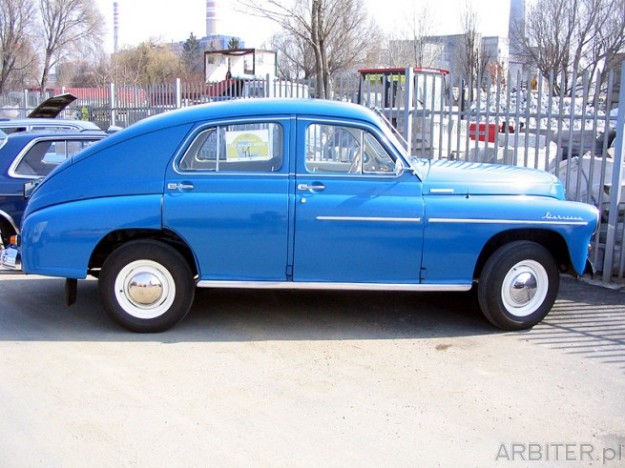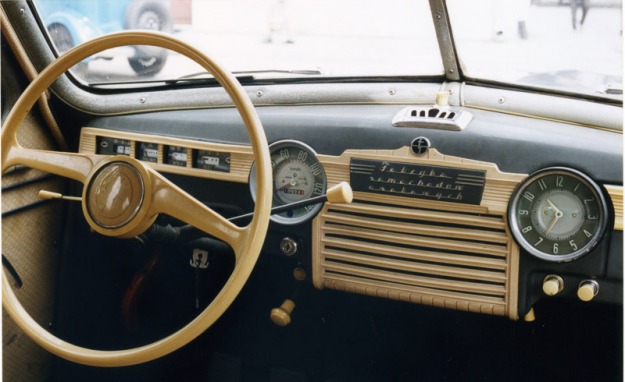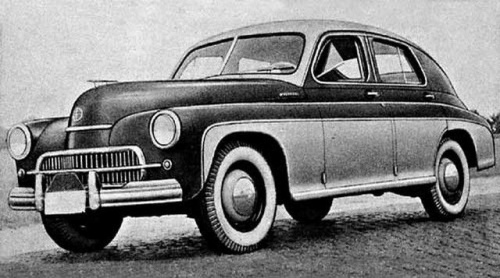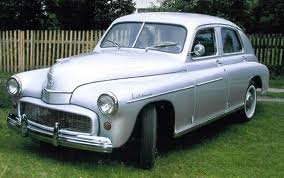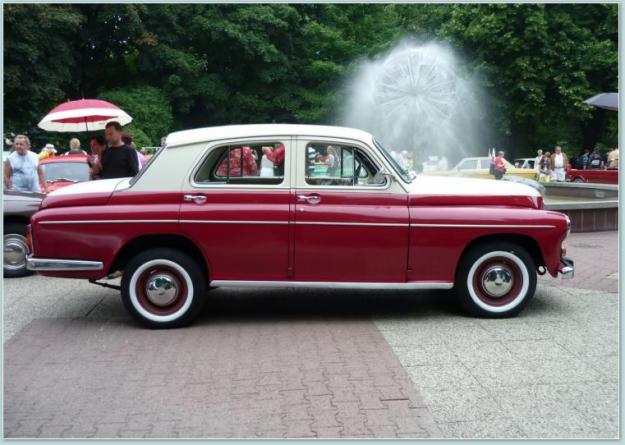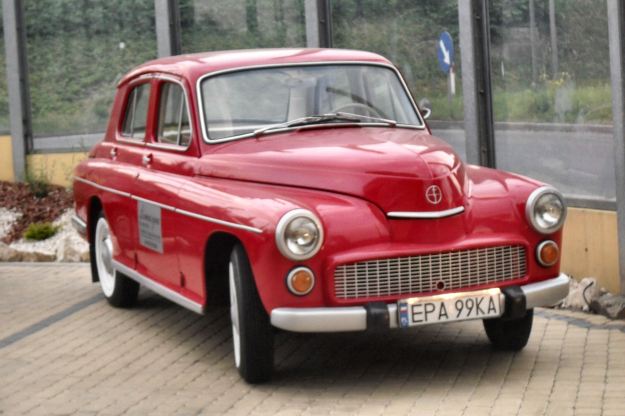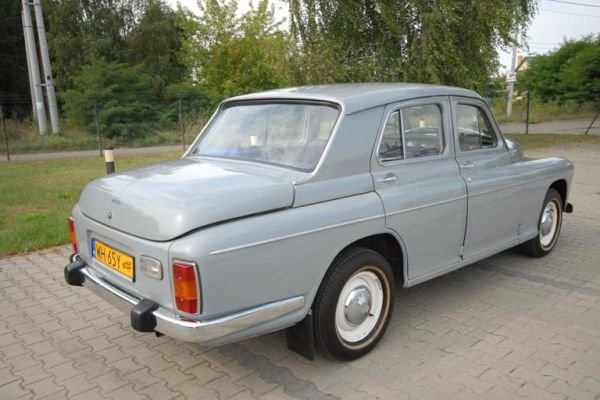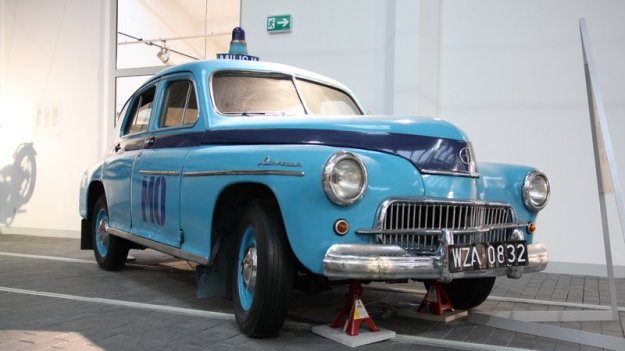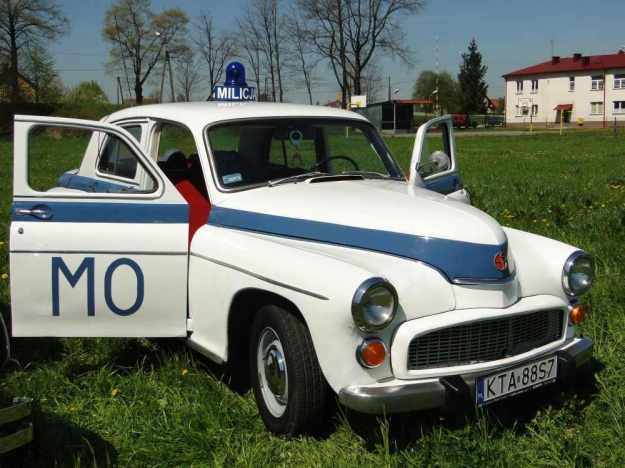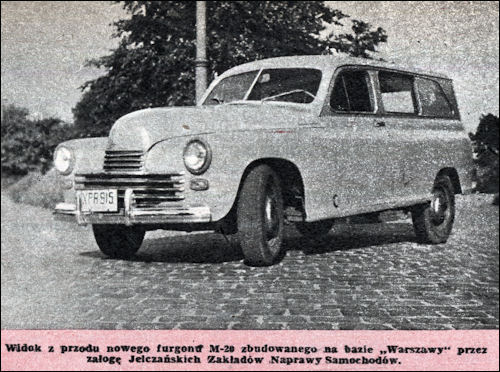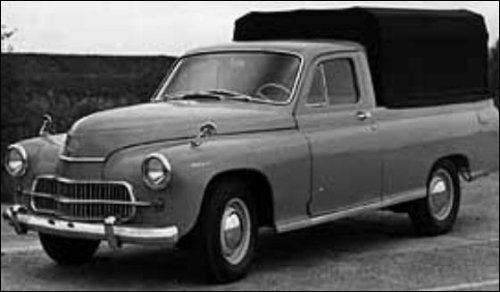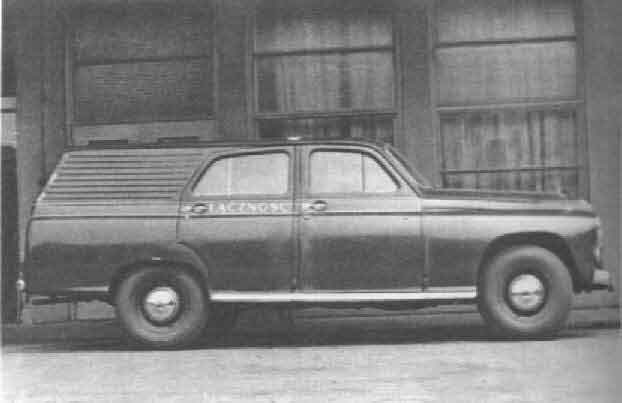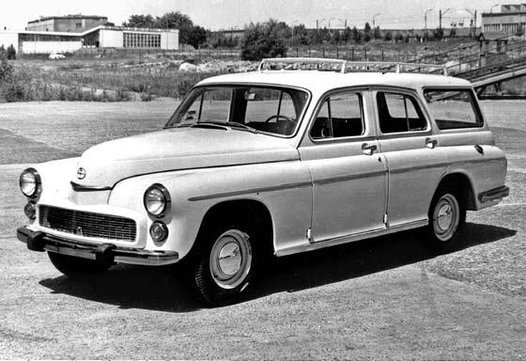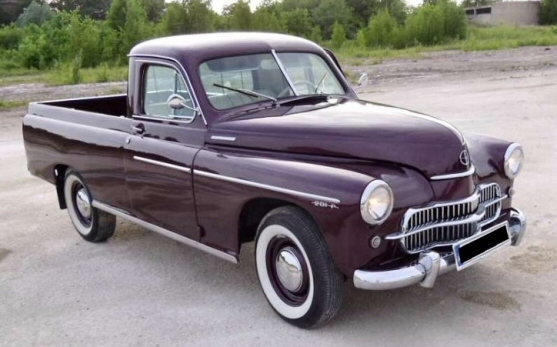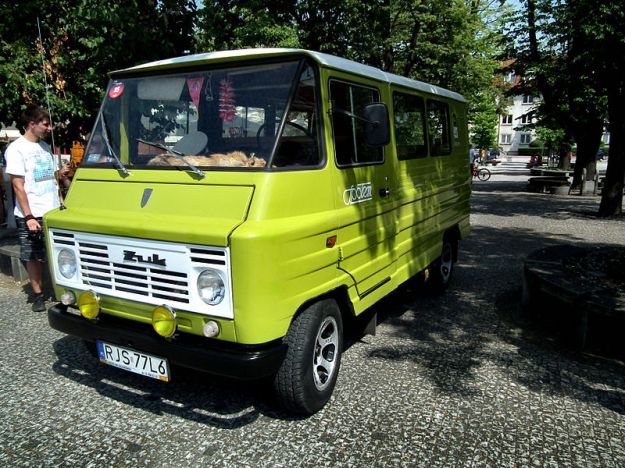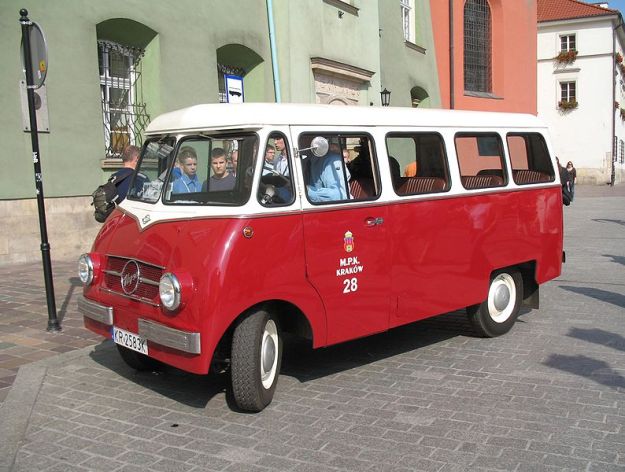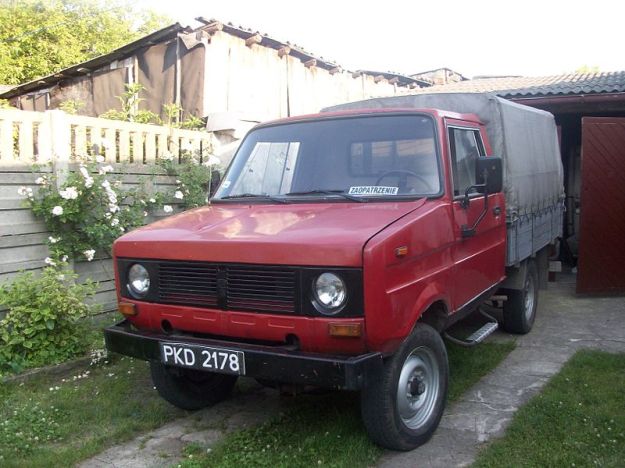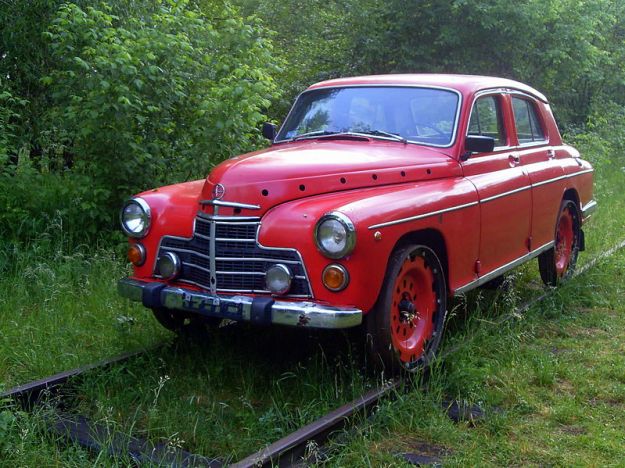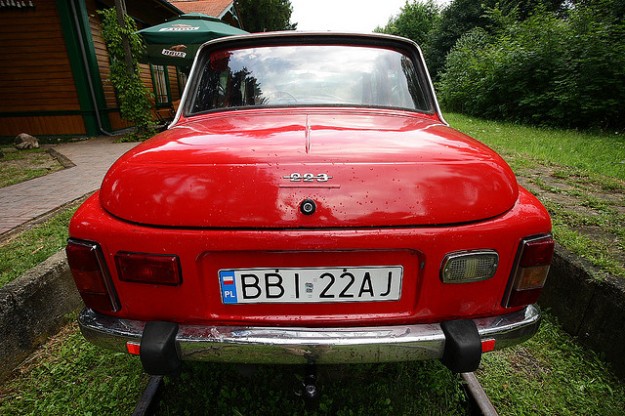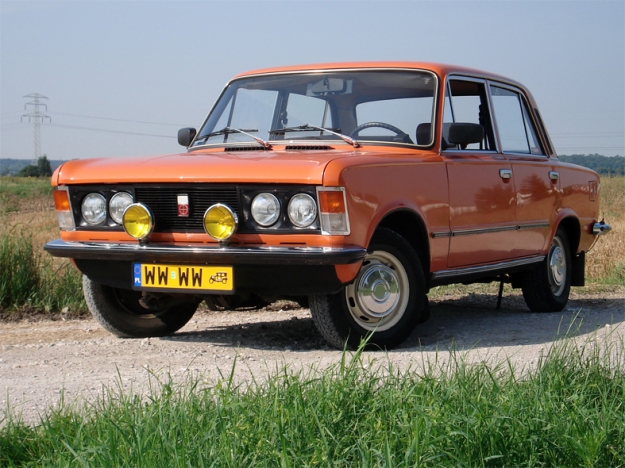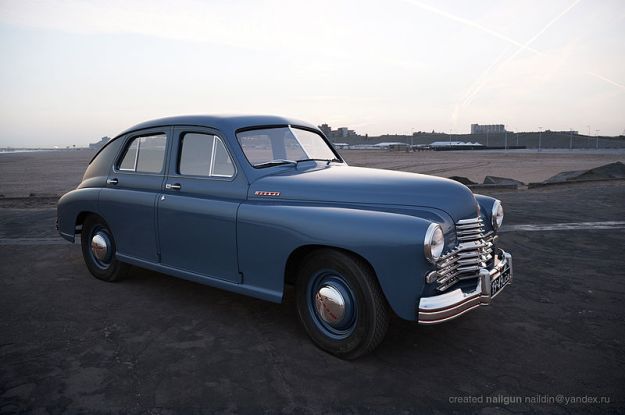1 November is All Saints’ Day, an important Polish holiday that offers Poles the opportunity to remember the departed.
Starting from early morning, cemeteries are visited and candles and flowers placed on graves as the living say prayers for the dead. The nature of the holiday does not dictate that only family members’ graves are decorated; old and forgotten graves and the graves of strangers are also visited. On a national level, the graves of important Poles and military tombs are honoured.
Candles in colourful glass jars that number in the thousands light up cemeteries on All Saints’ Day, and a day that might be otherwise considered a mournful affair is transformed into one of beauty and light. It is also an opportunity for family members to bond and to remember those whom they have lost. Mass is held for those who wish to attend church and pray for the dead.
Halloween is not a big deal in Poland, but All Saints’ Day recalls the ancient aspect of the Halloween tradition that describes how the world of the living and the world of the dead collide. All Saints’ Day is followed by All Souls’ Day (November 2nd), and it’s during the evening between these two days that past generations believed that the deceased would visit the living.
Commerciality alert. All Saints’ Day is like Valentine’s Day, but with added candles. Florists have stocked up and will sell out. Candle and flower sellers have been camped out in the graveyard car parks since Monday. But driving by a graveyard today – especially this evening, is very special.
